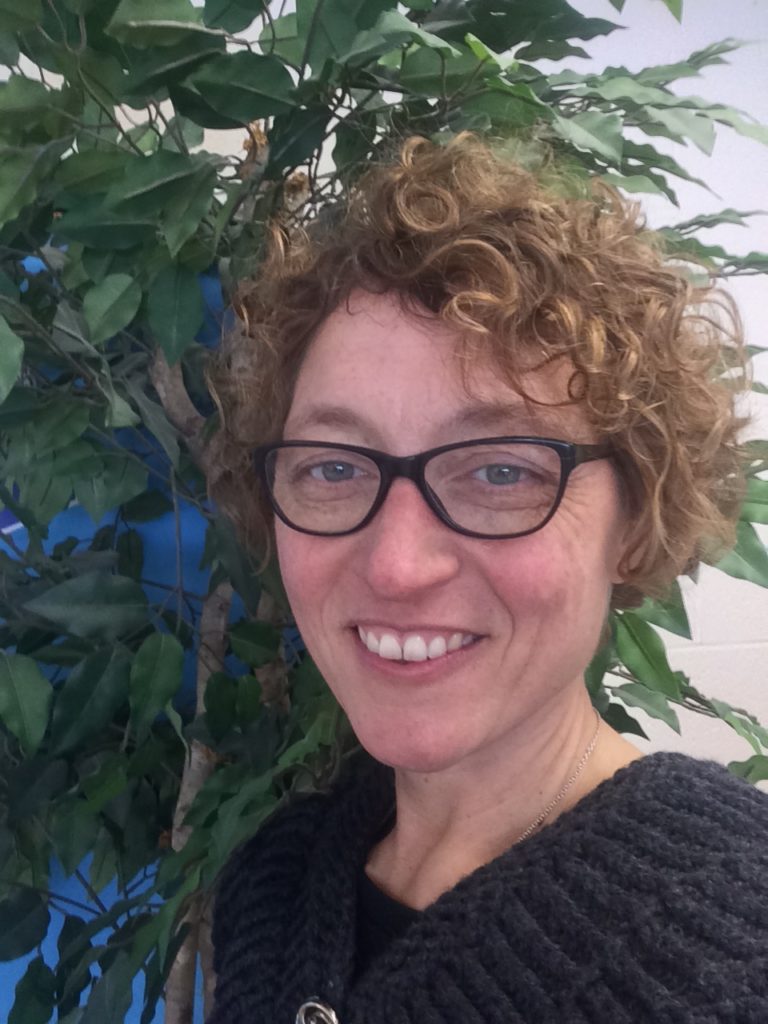
When I present at workshops the question I am asked most often is, “But how do I teach this?”.
As I reflect on my 20 years of teaching, in year one I probably would have had the same question. My more experienced self looks back at that beginning teacher I once was and shakes her head. My kids couldn’t sing. I knew what they needed to do, but didn’t know the steps to get them there. Luckily, we all get by with a little help from our friends, and as I have now switched from the role of the helped to the helper, I’d like to outline a few things for those who find themselves asking this question.
How to Get Started
Each of the MAEIA assessments is built on a key concept, or big idea. So when thinking about these assessments, begin with the assessment as the end and outline the skills that students will need to acquire in order to complete it successfully.
Since this assessment involves singing, do a pre-assessment to see if the students are accessing their singing voice. A simple “hello (student’s name)” sung on so-mi (I use F major) is a good way to find out if students are using their singing voice and matching pitch.
This simple little test will also tell you the students who are comfortable singing solo and those who are not. After determining singing voice, pitch matching and comfort level, try the following activities to build confidence.
Part One
First, set up a classroom where respect for self and others is a given and no other behavior is acceptable.
Build your classroom routines so that during every class students are exploring their voices, singing alone and with others, and creating melodies and songs of their own.
Encourage students to play exploration, make it fun. There are many great books on vocal exploration and teaching singing. I love John Feierabend’s ‘First Steps in Music for Preschool and Beyond’. So many great exploration ideas, poems, stories and games.
Remember developing any skill takes time and repetition. Eat the Elephant one bite at a time and repeat, repeat, repeat!
Part Two
In every class, after 2-4 minutes of exploration, narrow the focus so that students are participating in fragment singing (echo song) where you or another student is modeling healthy, head voice and in-tune singing.
After many weeks of ‘repeat after me songs’, graduate to call and response style songs. Follow this time immediately with simple songs, songs with 3 or 4 notes in the key of F or G that students listen to you sing, and over a period of a three to six lessons sing in large groups, small groups and then solo.
Simple songs, sung often in small groups and most importantly solo build a child’s confidence.
Choose fun songs, if they are about animals or an object, use a prop. If you have a reluctant singer, see if they will use a puppet to sing. Most importantly repeat, repeat, encourage, repeat.
Smile, be positive and your class will smile and be positive too. Never insist that a child sing, never making singing confrontational. If a child refuses to sing, move to the next. If it is chronic, have a quiet conversation with that student, encourage be positive, they will come around.
Part Three
Finally add in the concept of improvising melodies and songs, use puppets and props.
Give prompts like “what did you have for breakfast, make up a song about it’. Or my favorite, “how would this kitten sing?” and hand them a stuffed cat. Have students sing to the person sitting next to him or her first, then share out, or not. Build their confidence by offering these options every single class.
Holly Olszewski teaches for Grand Traverse Area Public Schools and serves as a MAEIA Leadership Fellow, offering professional learning on the MAEIA tools and resources.
A downloadable pdf of this article is available here: Holly Olszewski_Creating Lessons Which Lead to MAEIA Assessments.
Click here for a Printer friendly version of this article.
Holly, I am doing research which brought me to your blog. It made me think how my relationship with singing would be so much different today if my teacher decades ago used some of these strategies to disarm my shyness that persists to this very day. Oh how I wish I’d had someone like you introduce me to singing.